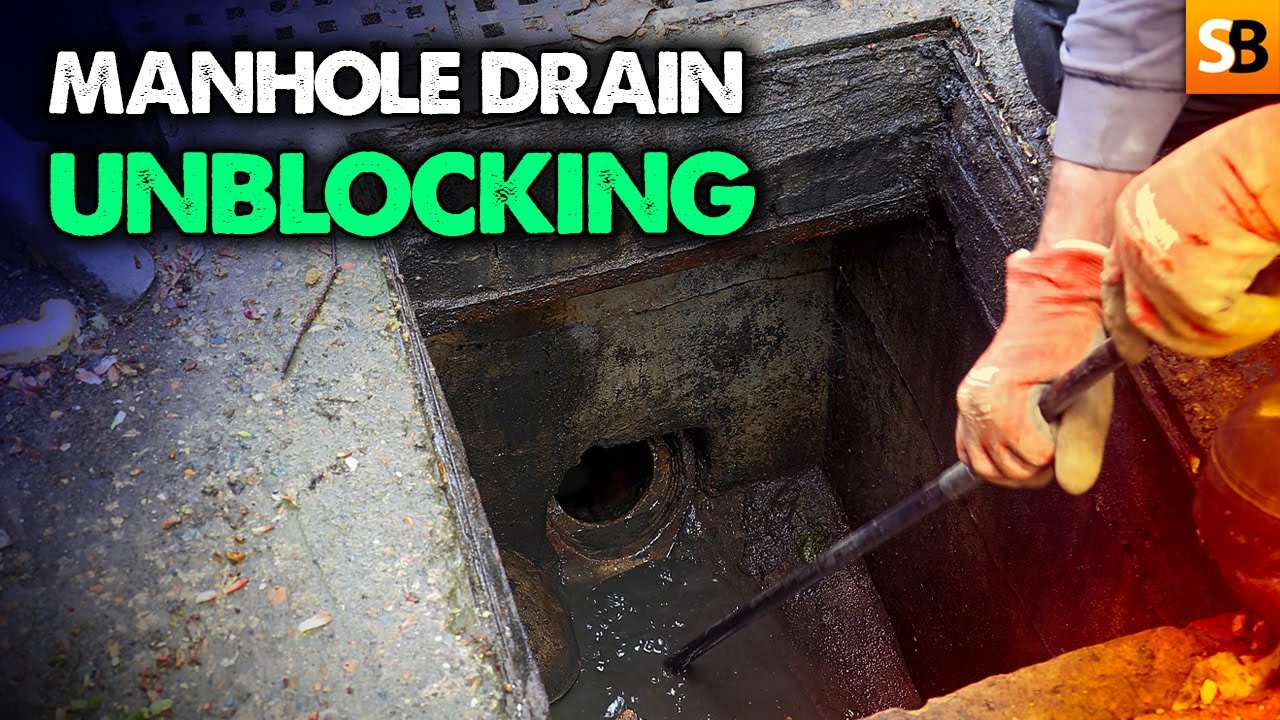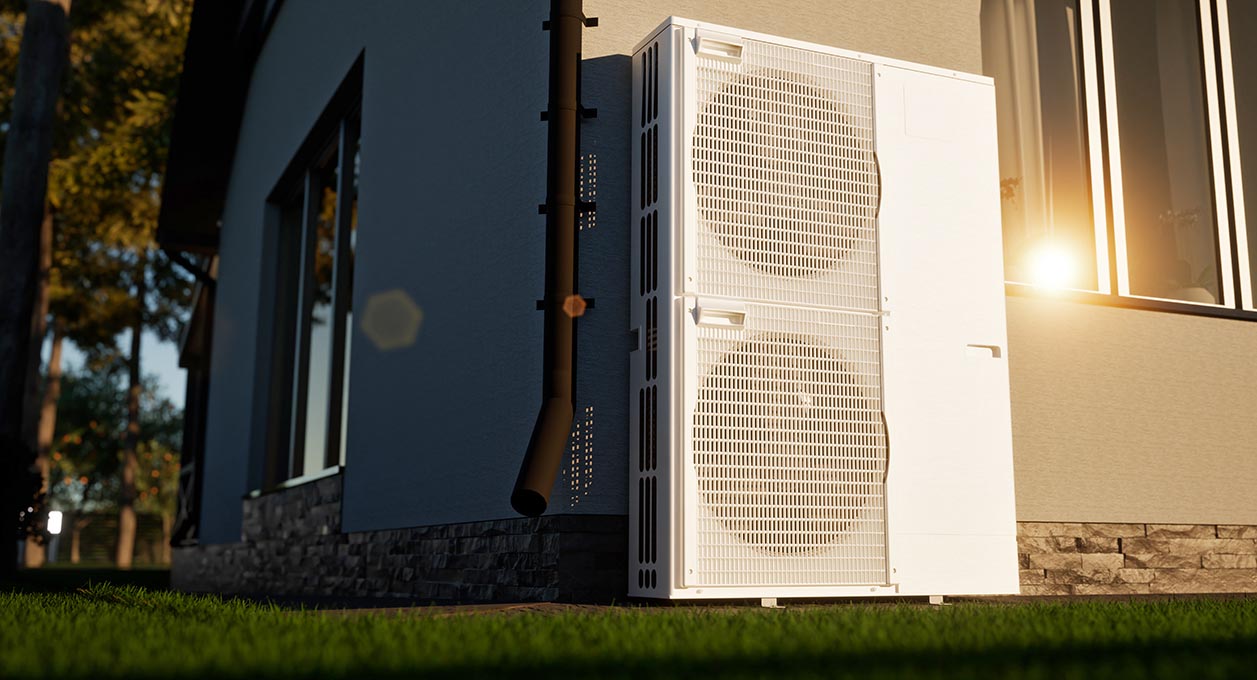The Evolution of Solar PV Technology
https://www.instagram.com/shaws.cottage
? Newsletter: http://skill-builder.uk/signup
Over the past 15 years, solar photovoltaic (PV) technology has undergone significant transformations, revolutionizing its efficiency, cost, and accessibility.
This period has seen solar energy transition from a niche, expensive option to a mainstream energy source, driven by relentless innovations and global sustainability targets.
Advancements in Efficiency
One of the most significant changes in solar PV technology has been the remarkable improvement in efficiency. Fifteen years ago, the average efficiency of solar panels was around 15%. Today, thanks to advancements in materials and design, modern solar panels can achieve efficiencies of over 22%.
This dramatic leap is mainly due to the development of new semiconductor materials such as perovskite, which offers higher light absorption and can be used in combination with traditional silicon cells to create multi-junction solar cells that capture more of the solar spectrum. Additionally, enhanced manufacturing techniques and innovative cell structures have contributed to these efficiency gains.
Cost Reductions
The cost of solar PV has plummeted, making it more accessible than ever. According to reports from the International Renewable Energy Agency (IRENA), the cost of solar PV has dropped by about 82% since 2010. This dramatic decrease is attributed to both technological advancements and economies of scale.
As production ramped up globally, particularly in China, the market saw a significant reduction in the price of solar panels and associated hardware.
Manufacturing Innovations
The last 15 years have also seen improvements in solar panel manufacturing processes. Techniques like diamond wire sawing have become more prevalent, which allows thinner and more uniform wafers to be cut from silicon blocks, reducing material waste and enhancing the performance of solar cells.
Additionally, manufacturers have shifted towards larger wafer sizes, improving solar panels’ output and efficiency while reducing costs.
Integration and Flexibility
Solar technology has become more integrated and flexible, adapting to various environments and uses. The development of building-integrated photovoltaics (BIPV) is a prime example. These solar cells or modules are integrated into building materials such as roof tiles or glass.
BIPV serves the dual purpose of building materials and power generators and enhances aesthetic value, which has been a traditional barrier to solar panel adoption in residential areas.
Storage and Energy Management
The integration of solar systems with energy storage has seen substantial progress. The last decade has introduced more advanced solar-plus-storage solutions, which have been crucial in addressing the intermittency issues of solar power.
Modern systems are equipped with more innovative, more efficient batteries that store excess power during peak production hours for use during lower production times, such as night or overcast days.
Policy and Market Impact
Policy changes and government incentives have been pivotal in promoting solar PV adoption. Many countries have introduced feed-in tariffs, subsidies, and tax incentives to reduce the financial burden on those adopting solar technology. These policies have been critical in promoting solar energy in residential, commercial, and industrial sectors, further driving the market’s growth.
Future Outlook
Looking forward, the solar PV sector is expected to continue its trajectory of rapid innovation and significant expansion. The focus will likely remain on increasing efficiency, reducing costs, and integrating solar technology into broader applications such as smart grids and energy storage systems. Solar PV will undoubtedly play a crucial role in the global energy landscape as the world increasingly turns towards renewable sources to combat climate change and reduce reliance on fossil fuels.
Recent years have witnessed both an evolution and a revolution in solar PV technology. With ongoing advancements, including improvements in materials like perovskite and the development of more efficient multi-junction cells, the future of solar energy is brighter than ever. This progress promises not only a cleaner, more sustainable world but also more accessible and affordable energy solutions for all. As research continues and new innovations emerge, solar PV technology is set to become an even more integral part of our global energy strategy, driving us towards a more sustainable, resilient, and energy-efficient future.

























